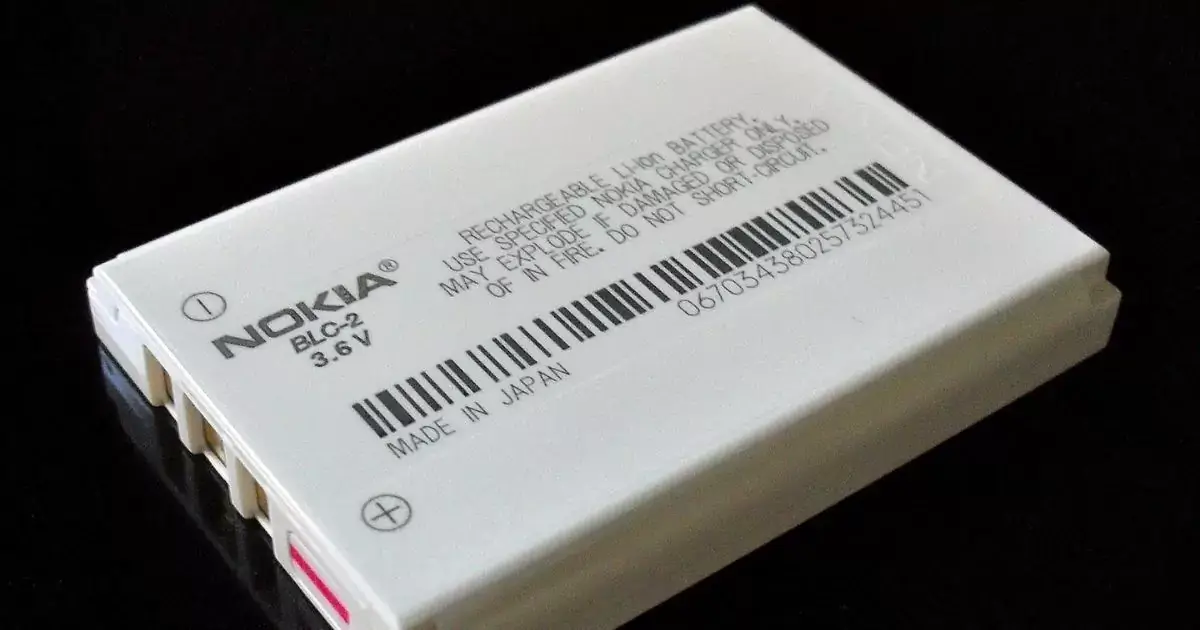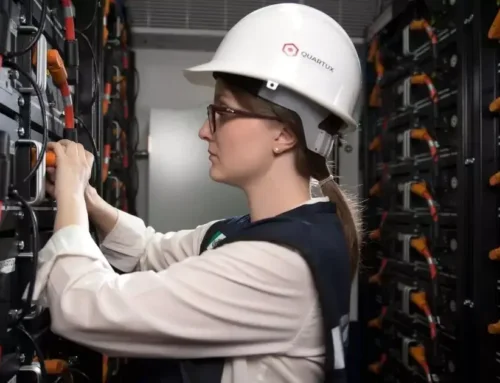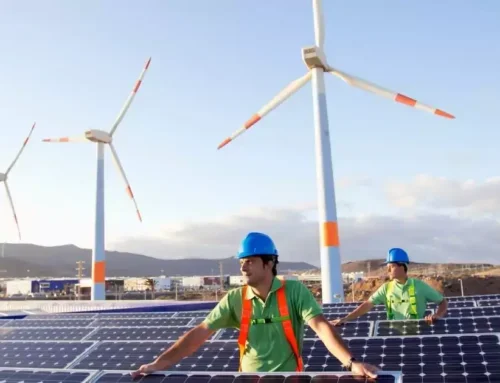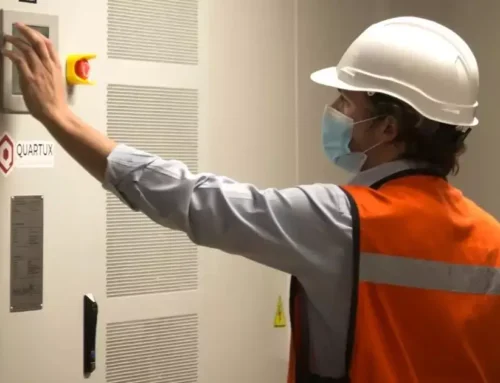Lithium batteries were created in 1985, with their commercial version hitting the market in 1991. Since then, they have revolutionized the lives of all human beings by being part of technological advancements that contributed to the development and expansion of wireless communication worldwide. Furthermore, they are crucial for reducing the use of fossil fuels and increasing the capacity for electric energy storage.
Lithium-ion batteries improve people’s lives worldwide, as their technology enables easier completion of everyday tasks such as listening to music, studying, working, and remote communication. Without them, nothing would be the same as what we know today. The benefits of lithium batteries for humanity have been so significant that their creators, John B. Goodenough, Akira Yoshino, and Stanley Whittingham, were awarded the Nobel Prize in Chemistry in 2019 by the Royal Swedish Academy of Sciences.
How Did They Achieve Energy Storage in a Lithium Battery?
The Nobel Prize for the creators of lithium batteries was well-deserved. It all began in the 1970s when Stanley Whittingham was researching methods to shift energy technologies away from fossil fuels. Examining superconductors, he found titanium disulfide, an energy-rich material with which he created a lithium battery cathode, while the anode was partially made of metallic lithium, a material with a strong propensity to release electrons.
This discovery resulted in a battery with great potential (over two volts) but highly explosive, making it unsafe. Goodenough then continued the search for a more suitable cathode, and in 1980, he used cobalt oxide, which could produce up to four volts, an advancement that would allow the creation of more powerful batteries.
In 1985, Akira Yoshino created the first commercial lithium-ion battery. His discovery was based on previous findings by German-American physicist John B. Goodenough and British-American chemist Stanley Whittingham. Yoshino used Goodenough’s discovered cathode as a base and petroleum coke as an anode (a material capable of intercalating lithium ions), resulting in a lightweight, highly durable battery with the capacity to be recharged hundreds of times, as lithium ions flow back and forth between the cathode and the anode.
A New Era of Rechargeable Batteries and Energy Storage
Yoshino’s lithium-ion battery proved to be safe and functional for storing electric energy. Since then, the use of lithium batteries in electric energy storage has progressed rapidly, and currently, they are not only used in portable electronic devices or cell phones but are also essential in the development of electric vehicles and for storing electric energy for companies, businesses, government agencies, among others. Additionally, they are a great complement to renewable sources such as wind and solar energy.
Electricity is vital for societal development, and without batteries, it cannot be effectively utilized. For this reason, energy storage systems in lithium-ion batteries like Quartux are platforms that harness the capacity of these batteries to store electric energy, coupled with artificial intelligence software that manages energy consumption and administers charging and discharging cycles in real-time.
Quartux: The Ultimate Energy Storage System
Lithium-ion batteries, like those used by the Quartux platform (a leading Mexican company in electric energy storage), have become one of humanity’s most important discoveries. These batteries are part of a new sustainable development model, with a lifespan of approximately 20 years, and thanks to industry advancements, their costs have significantly reduced in recent years.
Quartux has positioned itself as the ideal option to ensure that energy use and utilization are much more sustainable, without waste, high costs, or environmental damage. The installation of their platform results in savings of up to 40% in electricity bills and reduces carbon dioxide emissions. With over 100,000 hours of operation, it has managed to reduce over 2200 kW for every MW avoided.
This innovative company operates in more than 10 states and boasts a team of 120 highly specialized engineers in the energy sector. Their systems are designed based on each client’s needs and have been installed in both the public sector, for agencies with high energy consumption, and the private sector, in industries such as textiles, manufacturing, shopping centers, pharmaceuticals, the hotel sector, among others.
Get expert advice.







